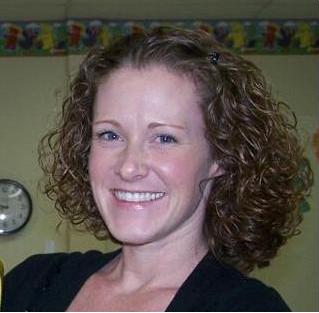The development of a new drug is a long, complicated process involving up to 15 years of research and, in many cases, hundreds of millions of dollars. There are two distinct processes that every drug must go through before reaching the general patient population and treating a specific disease – Drug Discovery and Drug Development.
 DRUG DISCOVERY –During drug discovery, scientists may review up to 10,000 molecules or compounds to discover the one that has the most potential to become a drug. The compound then goes through early testing to confirm that it is absorbed into the bloodstream, distributed to the appropriate site within the body, metabolized effectively, excreted from the body, and is not toxic. Preclinical testing then occurs, in which animal testing is used to confirm that a drug is safe enough for human testing (clinical trials).
DRUG DISCOVERY –During drug discovery, scientists may review up to 10,000 molecules or compounds to discover the one that has the most potential to become a drug. The compound then goes through early testing to confirm that it is absorbed into the bloodstream, distributed to the appropriate site within the body, metabolized effectively, excreted from the body, and is not toxic. Preclinical testing then occurs, in which animal testing is used to confirm that a drug is safe enough for human testing (clinical trials).
DRUG DEVELOPMENT – The initial step of the development phase is preparing and submitting and Investigational New Drug (IND) Application to the FDA which includes all data obtained during preclinical testing, as well as a clinical trial plan. Clinical trials begin with Phase I, which include a small group of approximately 20 – 100 healthy volunteers. The purpose of these trials is to determine the safety of the drug, how it is absorbed, how it is metabolized and eliminated by the human body, if it causes any side effects and if it creates the sought after effect. Once all of these factors are studied and reviewed, a safe dosing range is established.
If the Phase I trials are successful, the drug moves into Phase II trials which are conducted on a small group of patients (typically 100 to 500) with the disease under study. Phase II trials start to examine the effectiveness of the new drug on the disease, while continuing to scrutinize the safety profile. If a drug shows promise in its effectiveness and safety profile, it will move onto larger Phase III trials.
Phase III trials involve a larger number of patients (up to several thousand) with the disease under study and continue to collectinformation on the safety and effectiveness of the drug. Since these trials involve a larger number of diverse patients they provide a more detailed safety profile for labeling of the drug.
Once all of the data is collected from the Phase III trials, the manufacturer reviews the information. If the data show safety and effectiveness, they complete a New Drug Application (NDA) for the FDA to review. The NDA includes all of the previously collected information, along with the plans for full-scale production and labeling.
All drugs have risks, so FDA must conduct a rigorous review of the NDA to determine whether the benefits of the drug outweigh the risks. In addition, FDA must determine whatinformation should be included in the labeling/package insert and whether the proposed production methods are adequate to ensure the integrity and safety of the drug. FDA can take one of three actions as a result of their review: approval of the drug; approvable notification with request for moreinformation; and denial of approval of the drug.
Once approved, the manufacture can begin full scale production. This can be a large task. In some cases new production plants are constructed, in other cases existing facilities must be refurbished or expanded to allow full scale production. In addition, each facility must meet strict FDA regulations and guidance called “Good Manufacturing Practices” (GMP) to ensure the integrity and safety of the drug.
At the end of this lengthy process, the drug is available in your local commercial, hospital or clinic pharmacy.
About The Author:
 Kristen Molina is Vice President of Business Operations at B. McLaughlin Associates, Inc. (BMA). Kristen’s 13 years in Clinical Research have added innovation, insight and diverse development to this longstanding organization. BMA is a solution focused, WBENC certified CRO and small business based in Phoenix, AZ and West Chester, PA. For over 19 years, BMA has been providing expertise in clinical trial Data Management, Study Management, Auditing and Clinical Monitoring. www.bmaresearch.com
Kristen Molina is Vice President of Business Operations at B. McLaughlin Associates, Inc. (BMA). Kristen’s 13 years in Clinical Research have added innovation, insight and diverse development to this longstanding organization. BMA is a solution focused, WBENC certified CRO and small business based in Phoenix, AZ and West Chester, PA. For over 19 years, BMA has been providing expertise in clinical trial Data Management, Study Management, Auditing and Clinical Monitoring. www.bmaresearch.com
